密码学里目前有两大经典算法,一个是对称加解密,其中具有代表性的是 AES 加解密;另一个是非对称加解密,其中具有代表性的是 RSA 加解密。这里就以这两个经典算法为例,简单介绍一下其在Go语言中的实现。
AES 加解密
AES 加密又分为 ECB、CBC、CFB、OFB 等几种,这里只列两种吧。
1) CBC 加解密
package main
import (
"bytes"
"crypto/aes"
"crypto/cipher"
"encoding/base64"
"fmt"
)
func main() {
orig := "https://www.zzaxw.com/golang/"
key := "123456781234567812345678"
fmt.Println("原文:", orig)
encryptCode := AesEncrypt(orig, key)
fmt.Println("密文:", encryptCode)
decryptCode := AesDecrypt(encryptCode, key)
fmt.Println("解密结果:", decryptCode)
}
func AesEncrypt(orig string, key string) string {
// 转成字节数组
origData := []byte(orig)
k := []byte(key)
// 分组秘钥
block, _ := aes.NewCipher(k)
// 获取秘钥块的长度
blockSize := block.BlockSize()
// 补全码
origData = PKCS7Padding(origData, blockSize)
// 加密模式
blockMode := cipher.NewCBCEncrypter(block, k[:blockSize])
// 创建数组
cryted := make([]byte, len(origData))
// 加密
blockMode.CryptBlocks(cryted, origData)
return base64.StdEncoding.EncodeToString(cryted)
}
func AesDecrypt(cryted string, key string) string {
// 转成字节数组
crytedByte, _ := base64.StdEncoding.DecodeString(cryted)
k := []byte(key)
// 分组秘钥
block, _ := aes.NewCipher(k)
// 获取秘钥块的长度
blockSize := block.BlockSize()
// 加密模式
blockMode := cipher.NewCBCDecrypter(block, k[:blockSize])
// 创建数组
orig := make([]byte, len(crytedByte))
// 解密
blockMode.CryptBlocks(orig, crytedByte)
// 去补全码
orig = PKCS7UnPadding(orig)
return string(orig)
}
//补码
func PKCS7Padding(ciphertext []byte, blocksize int) []byte {
padding := blocksize - len(ciphertext)%blocksize
padtext := bytes.Repeat([]byte{byte(padding)}, padding)
return append(ciphertext, padtext...)
}
//去码
func PKCS7UnPadding(origData []byte) []byte {
length := len(origData)
unpadding := int(origData[length-1])
return origData[:(length - unpadding)]
}
其运行结果如下:
go run main.go
原文: https://www.zzaxw.com/golang/
密文: m6bjY+Z9O8LPwT8nYPZ9/41JG7+k5PXxtENxYwnrii0=
解密结果: https://www.zzaxw.com/golang/
2) CFB 加解密
代码如下:
package main
import (
"crypto/aes"
"crypto/cipher"
"fmt"
"os"
)
var commonIV = []byte{0x00, 0x01, 0x02, 0x03, 0x04, 0x05, 0x06, 0x07, 0x08, 0x09, 0x0a, 0x0b, 0x0c, 0x0d, 0x0e, 0x0f}
func main() {
//需要去加密的字符串
plaintext := []byte("https://www.zzaxw.com/golang/")
//如果传入加密串的话,plaint就是传入的字符串
if len(os.Args) > 1 {
plaintext = []byte(os.Args[1])
}
//aes的加密字符串
key_text := "astaxie12798akljzmknm.ahkjkljl;k"
if len(os.Args) > 2 {
key_text = os.Args[2]
}
// 创建加密算法aes
c, err := aes.NewCipher([]byte(key_text))
if err != nil {
fmt.Printf("Error: NewCipher(%d bytes) = %s", len(key_text), err)
os.Exit(-1)
}
//加密字符串
cfb := cipher.NewCFBEncrypter(c, commonIV)
ciphertext := make([]byte, len(plaintext))
cfb.XORKeyStream(ciphertext, plaintext)
fmt.Printf("%s=>%x\n", plaintext, ciphertext)
// 解密字符串
cfbdec := cipher.NewCFBDecrypter(c, commonIV)
plaintextCopy := make([]byte, len(plaintext))
cfbdec.XORKeyStream(plaintextCopy, ciphertext)
fmt.Printf("%x=>%s\n", ciphertext, plaintextCopy)
}
其运行结果如下:
go run main.go
https://www.zzaxw.com/golang/=>757fbec27b304698750a3542896e8bc5b5d49ac7dba6c589a2ec35778bca
757fbec27b304698750a3542896e8bc5b5d49ac7dba6c589a2ec35778bca=>https://www.zzaxw.com/golang/
上面的代码如果细看和分解成加解密函数,发现是有问题的,这里再列个官方的示例:
package main
import (
"crypto/aes"
"crypto/cipher"
"crypto/rand"
"encoding/hex"
"fmt"
"io"
)
func ExampleNewCFBDecrypter() {
key, _ := hex.DecodeString("6368616e676520746869732070617373")
ciphertext, _ := hex.DecodeString("939e08921a34ebc7d921c641edb55916c24cc2fa6f14e91b66c22a70c38d23e588c2aed3548cad5ab4baa63a214a")
block, err := aes.NewCipher(key)
if err != nil {
panic(err)
}
if len(ciphertext) < aes.BlockSize {
panic("ciphertext too short")
}
iv := ciphertext[:aes.BlockSize]
ciphertext = ciphertext[aes.BlockSize:]
stream := cipher.NewCFBDecrypter(block, iv)
stream.XORKeyStream(ciphertext, ciphertext)
fmt.Printf("%s\n", ciphertext)
}
func ExampleNewCFBEncrypter() {
key, _ := hex.DecodeString("6368616e676520746869732070617373")
plaintext := []byte("https://www.zzaxw.com/golang/")
block, err := aes.NewCipher(key)
if err != nil {
panic(err)
}
ciphertext := make([]byte, aes.BlockSize+len(plaintext))
iv := ciphertext[:aes.BlockSize]
if _, err := io.ReadFull(rand.Reader, iv); err != nil {
panic(err)
}
stream := cipher.NewCFBEncrypter(block, iv)
stream.XORKeyStream(ciphertext[aes.BlockSize:], plaintext)
fmt.Printf("%x\n", ciphertext)
}
func main() {
ExampleNewCFBDecrypter()
ExampleNewCFBEncrypter()
}
运行结果如下:
go run main.go
https://www.zzaxw.com/golang/
8bd6cefc2b436124221ae07de571d30a9071c89427340e0364b8645557dc69e5085896f121c34be0e17728263602
RSA 加解密
AES 一般用于加解密文,而 RSA 算法一算用来加解密密码。这里列举一个代码示例,如下:
package main
import (
"crypto/rand"
"crypto/rsa"
"crypto/x509"
"encoding/base64"
"encoding/pem"
"errors"
"fmt"
)
// 可通过openssl产生
//openssl genrsa -out rsa_private_key.pem 1024
var privateKey = []byte(`
-----BEGIN RSA PRIVATE KEY-----
MIICXQIBAAKBgQDfw1/P15GQzGGYvNwVmXIGGxea8Pb2wJcF7ZW7tmFdLSjOItn9
kvUsbQgS5yxx+f2sAv1ocxbPTsFdRc6yUTJdeQolDOkEzNP0B8XKm+Lxy4giwwR5
LJQTANkqe4w/d9u129bRhTu/SUzSUIr65zZ/s6TUGQD6QzKY1Y8xS+FoQQIDAQAB
AoGAbSNg7wHomORm0dWDzvEpwTqjl8nh2tZyksyf1I+PC6BEH8613k04UfPYFUg1
0F2rUaOfr7s6q+BwxaqPtz+NPUotMjeVrEmmYM4rrYkrnd0lRiAxmkQUBlLrCBiF
u+bluDkHXF7+TUfJm4AZAvbtR2wO5DUAOZ244FfJueYyZHECQQD+V5/WrgKkBlYy
XhioQBXff7TLCrmMlUziJcQ295kIn8n1GaKzunJkhreoMbiRe0hpIIgPYb9E57tT
/mP/MoYtAkEA4Ti6XiOXgxzV5gcB+fhJyb8PJCVkgP2wg0OQp2DKPp+5xsmRuUXv
720oExv92jv6X65x631VGjDmfJNb99wq5QJBAMSHUKrBqqizfMdOjh7z5fLc6wY5
M0a91rqoFAWlLErNrXAGbwIRf3LN5fvA76z6ZelViczY6sKDjOxKFVqL38ECQG0S
pxdOT2M9BM45GJjxyPJ+qBuOTGU391Mq1pRpCKlZe4QtPHioyTGAAMd4Z/FX2MKb
3in48c0UX5t3VjPsmY0CQQCc1jmEoB83JmTHYByvDpc8kzsD8+GmiPVrausrjj4p
y2DQpGmUic2zqCxl6qXMpBGtFEhrUbKhOiVOJbRNGvWW
-----END RSA PRIVATE KEY-----
`)
//openssl
//openssl rsa -in rsa_private_key.pem -pubout -out rsa_public_key.pem
var publicKey = []byte(`
-----BEGIN PUBLIC KEY-----
MIGfMA0GCSqGSIb3DQEBAQUAA4GNADCBiQKBgQDfw1/P15GQzGGYvNwVmXIGGxea
8Pb2wJcF7ZW7tmFdLSjOItn9kvUsbQgS5yxx+f2sAv1ocxbPTsFdRc6yUTJdeQol
DOkEzNP0B8XKm+Lxy4giwwR5LJQTANkqe4w/d9u129bRhTu/SUzSUIr65zZ/s6TU
GQD6QzKY1Y8xS+FoQQIDAQAB
-----END PUBLIC KEY-----
`)
// 加密
func RsaEncrypt(origData []byte) ([]byte, error) {
//解密pem格式的公钥
block, _ := pem.Decode(publicKey)
if block == nil {
return nil, errors.New("public key error")
}
// 解析公钥
pubInterface, err := x509.ParsePKIXPublicKey(block.Bytes)
if err != nil {
return nil, err
}
// 类型断言
pub := pubInterface.(*rsa.PublicKey)
//加密
return rsa.EncryptPKCS1v15(rand.Reader, pub, origData)
}
// 解密
func RsaDecrypt(ciphertext []byte) ([]byte, error) {
//解密
block, _ := pem.Decode(privateKey)
if block == nil {
return nil, errors.New("private key error!")
}
//解析PKCS1格式的私钥
priv, err := x509.ParsePKCS1PrivateKey(block.Bytes)
if err != nil {
return nil, err
}
// 解密
return rsa.DecryptPKCS1v15(rand.Reader, priv, ciphertext)
}
func main() {
data, _ := RsaEncrypt([]byte("https://www.zzaxw.com/golang/"))
fmt.Println(base64.StdEncoding.EncodeToString(data))
origData, _ := RsaDecrypt(data)
fmt.Println(string(origData))
}
运行结果如下:
go run main.go
z7mjbTqVg09F20pVib8TqGpZ3d/dNkYg4Hksai/elXoOJJJRH0YgRT4fqJTzj2+9DaCH5BXhiFuCgPzEOl2S3oPeTIQjEFqbYy7yBNScufWaGhh0YigrqUyseQ7JJR+oWTCZPpMNie/xKg9vhUqJ7yH3d91v+AexHw7HOcLYHYE=https://www.zzaxw.com/golang/
联系信息:邮箱aoxolcom@163.com或见网站底部。




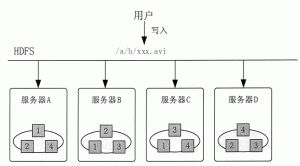
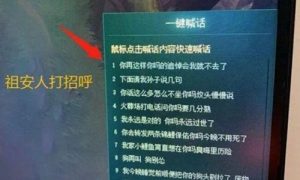

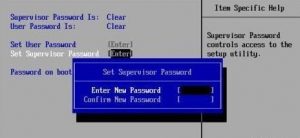
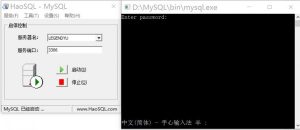
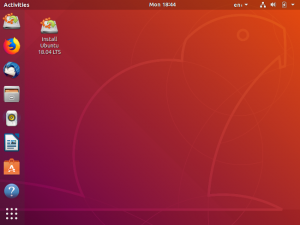
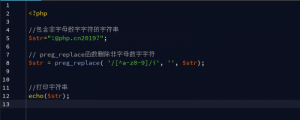

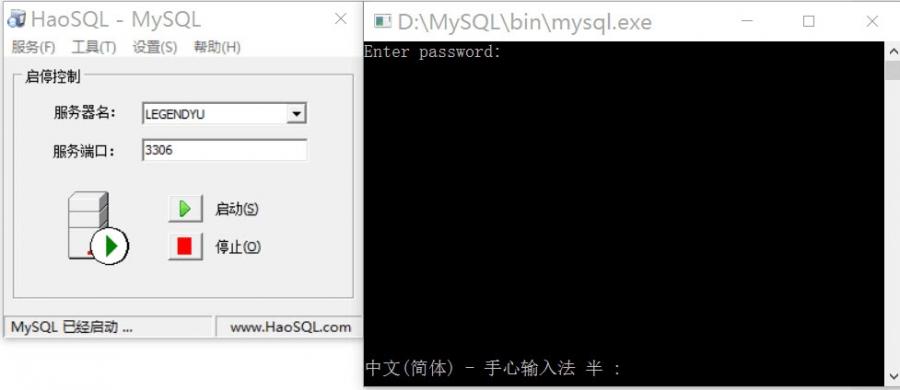


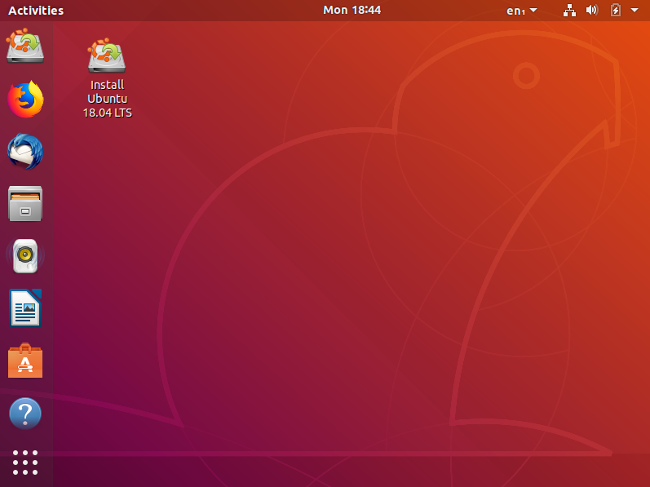



请登录后发表评论
注册
社交帐号登录